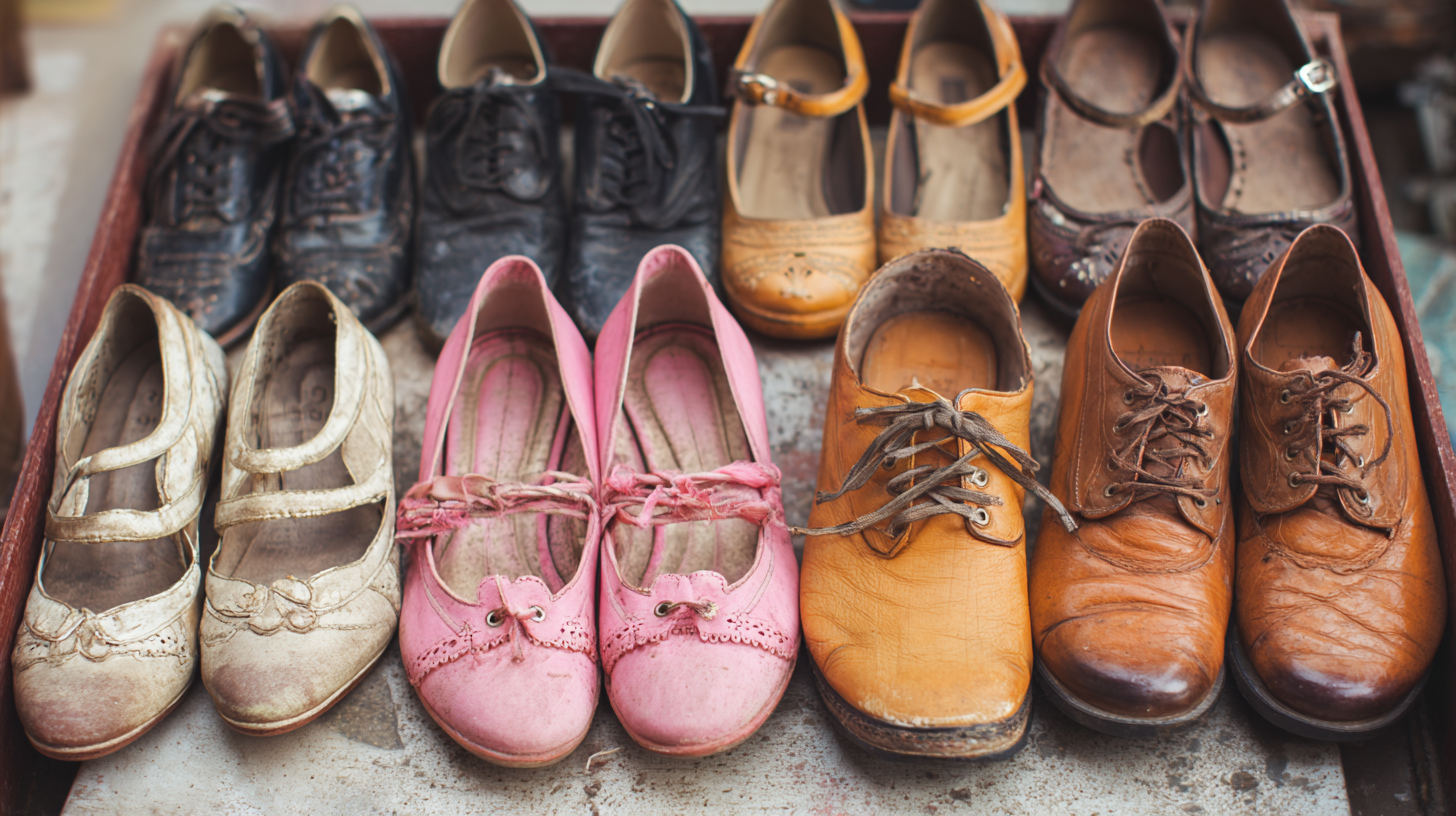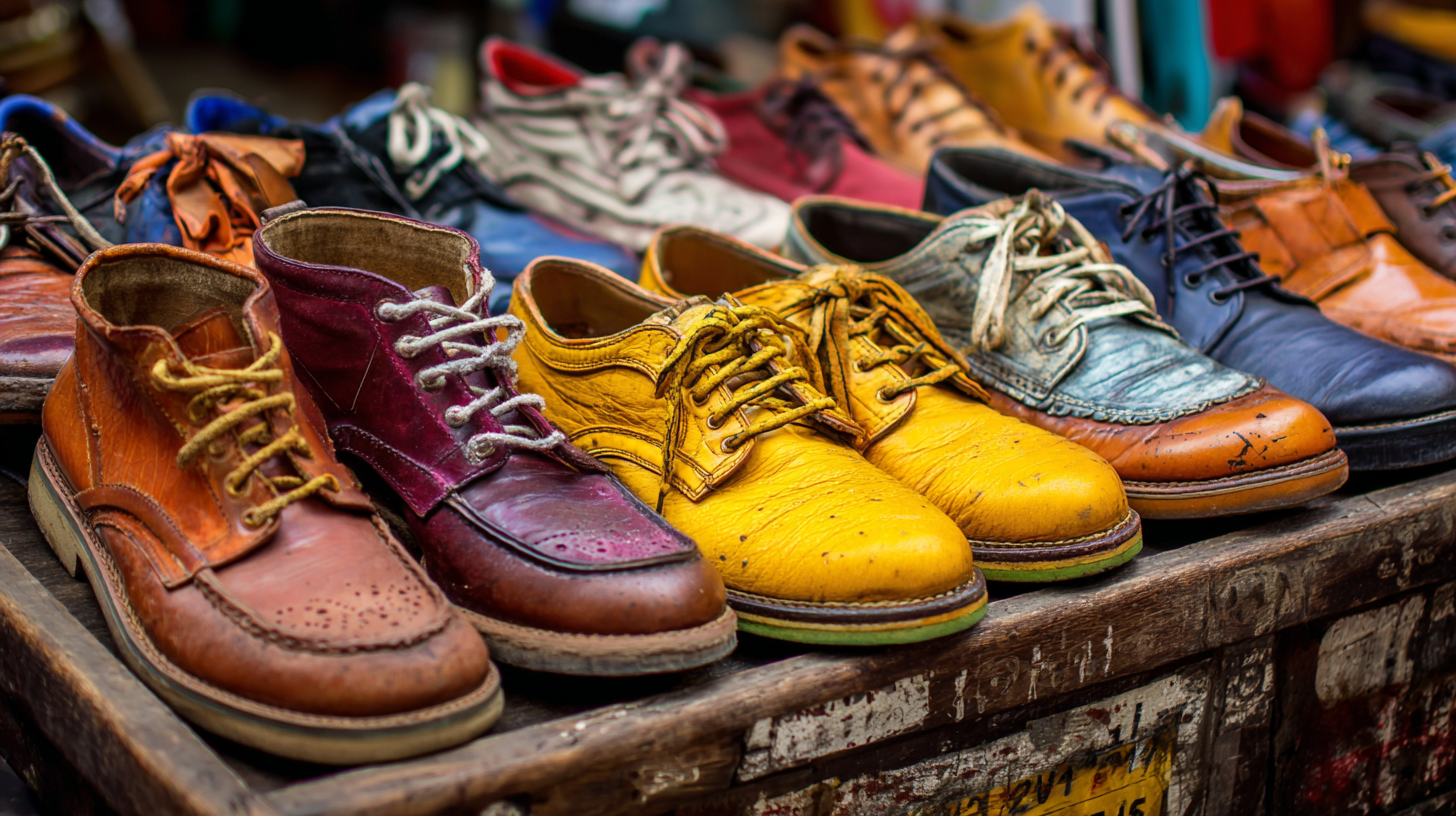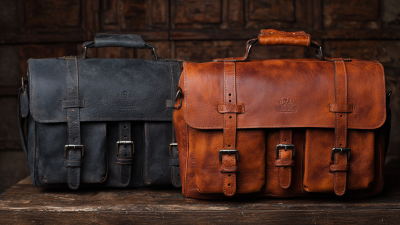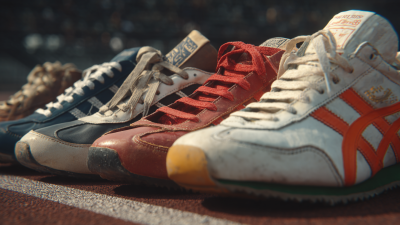Leave Your Message
The growing awareness of environmental issues has led to a significant shift in consumer behavior, particularly in the fashion industry. As per a report by ThredUp, the second-hand market is expected to reach $64 billion by 2024, reflecting a paradigm shift towards more sustainable shopping practices. One of the most appealing choices within this movement is investing in second hand brand shoes. Not only do they offer a chance to own high-quality products at a fraction of the retail price, but they also contribute to reducing waste and minimizing the carbon footprint associated with shoe production.

According to the Ellen MacArthur Foundation, the fashion industry is responsible for over 92 million tons of waste annually, making every small sustainable choice enticing. This article explores ten surprising benefits of buying second hand brand shoes, highlighting their role in a sustainable fashion journey and encouraging conscious consumerism.
Exploring pre-owned luxury footwear offers eco-conscious consumers a unique opportunity to embrace sustainability while indulging in high-quality fashion. By opting for second-hand brand shoes, shoppers can significantly reduce their carbon footprint. The fashion industry is notorious for its environmental impact, from resource-intensive production processes to the waste generated by fast fashion practices. Purchasing used luxury shoes not only extends the lifecycle of these products but also minimizes the demand for new manufacturing, which is a key aspect of sustainable fashion initiatives.

Moreover, buying pre-owned luxury footwear allows consumers to access exclusive styles and timeless designs that may no longer be available in retail stores. This approach to fashion encourages individuality and helps consumers build a distinctive wardrobe without the environmental repercussions of traditional shopping. Additionally, opting for second-hand shoes can be a cost-effective way to enjoy premium brands, making it easier for eco-conscious individuals to invest in quality items that last, rather than following fleeting trends. Thus, embracing pre-owned luxury footwear aligns perfectly with the values of sustainability and responsible consumerism.
When embarking on a sustainable fashion journey, choosing quality
second-hand shoes can significantly contribute to reducing your
environmental footprint. According to recent reports, the volume of donated shoes far exceeds the demand
for reuse, highlighting the pressing need for individuals to make informed choices when selecting
second-hand footwear. Local recycling initiatives have experienced challenges since their inception, with
over 330,000 donated shoes struggling to find new homes.
This amplifies the importance of not only purchasing second-hand items but ensuring they are of good
quality to avoid contributing to waste.
To ensure that your second-hand shoes will last, focus on materials and construction. Look for shoes
made from high-quality leather or sustainable synthetics, as these often withstand wear and tear better
than cheaper alternatives. A study by the Fashion Institute of Technology revealed that around
70% of fast fashion items end up in landfills within just
a year of purchase. By opting for durable, second-hand shoes, you not only prevent waste but also
support a healthcareier fashion ecosystem.
Remember to inspect the soles for durability and check for any signs of wear, ensuring your sustainable
choice is both stylish and long-lasting.
When venturing into the world of second-hand luxury footwear, authenticity becomes a paramount concern. According to a report from The RealReal, over 70% of luxury goods sold online are inauthentic. Therefore, knowing how to identify genuine designer shoes is crucial for any sustainable fashion enthusiast. Examine the stitching; high-quality brands adhere to precise craftsmanship, with even spacing and alignment. Check the materials; authentic designer shoes typically use top-tier leather or unique textiles that feel distinctively sturdy.
Tips: Always research the brand’s specific features, such as logos or serial numbers, as these can often provide insight into authenticity. Furthermore, familiarize yourself with common counterfeit indicators for particular brands, as these can vary significantly. For example, Louboutin shoes will have a very specific red sole that should have consistent color and finish.
Online marketplaces have made second-hand shopping more accessible, but they also pose risks. A report by ThredUp cites that reselling can reduce the fashion industry's carbon footprint by 10%-20%. Thus, when hunting for those high-end shoes, trust reputable vendors and consider getting shoes authenticated by professionals if you’re uncertain. This ensures that your investment supports sustainable fashion without compromising on quality or authenticity.
Embracing vintage footwear is a fantastic way to express individuality while contributing to a sustainable fashion journey. Styling second-hand brand shoes can elevate your outfits and provide a unique touch that's hard to find in mainstream retail. From classic loafers to bold platform boots, these shoes can be paired creatively with various modern looks.
One effective way to style vintage shoes is by combining them with contemporary pieces. For instance, pair classic leather Oxfords with high-waisted jeans and a tailored blazer for a chic office look. Alternatively, try wearing flashy vintage heels with a minimalistic slip dress for an eye-catching evening ensemble. The contrast between old and new not only highlights the footwear but also showcases your sense of style.
**Tips:** When integrating vintage shoes into your wardrobe, consider the color palette of your outfit to create harmony. Additionally, accessorizing with vintage jewelry or bags can enhance the overall theme. Finally, don’t shy away from experimenting with layering; mismatched patterns and textures can bring out the best in your shoes and make your outfit stand out even more.

The environmental impact of our shopping choices, particularly in the footwear industry, is significant. When consumers opt for second-hand brand shoes, they contribute to reducing waste in landfills. According to a 2021 report by the Environmental Protection Agency (EPA), around 20 billion pairs of shoes are disposed of each year, with a substantial portion of these missing out on recycling efforts. By purchasing pre-owned shoes, we can extend the life cycle of footwear and decrease the demand for new production, which is one of the most resource-intensive processes in fashion.
Moreover, the footwear industry is responsible for approximately 1.4% of global carbon emissions, as highlighted in a 2022 study by the Climate Action Network. By choosing second-hand options, consumers can significantly lower their carbon footprint, helping to mitigate climate change. This practice not only supports sustainable fashion but also promotes a circular economy, where products are reused and recycled, ultimately leading to a more sustainable environment. Embracing second-hand brand shoes not only aligns with eco-friendly principles but also encourages ethical consumer behavior, paving the way for a more sustainable future in fashion.
The above chart illustrates the percentage reduction in various environmental impacts when choosing second hand brand shoes. This highlights the significant benefits of sustainable shoe shopping choices.






